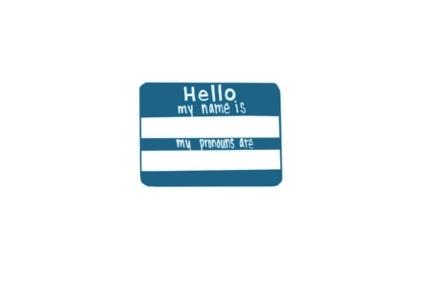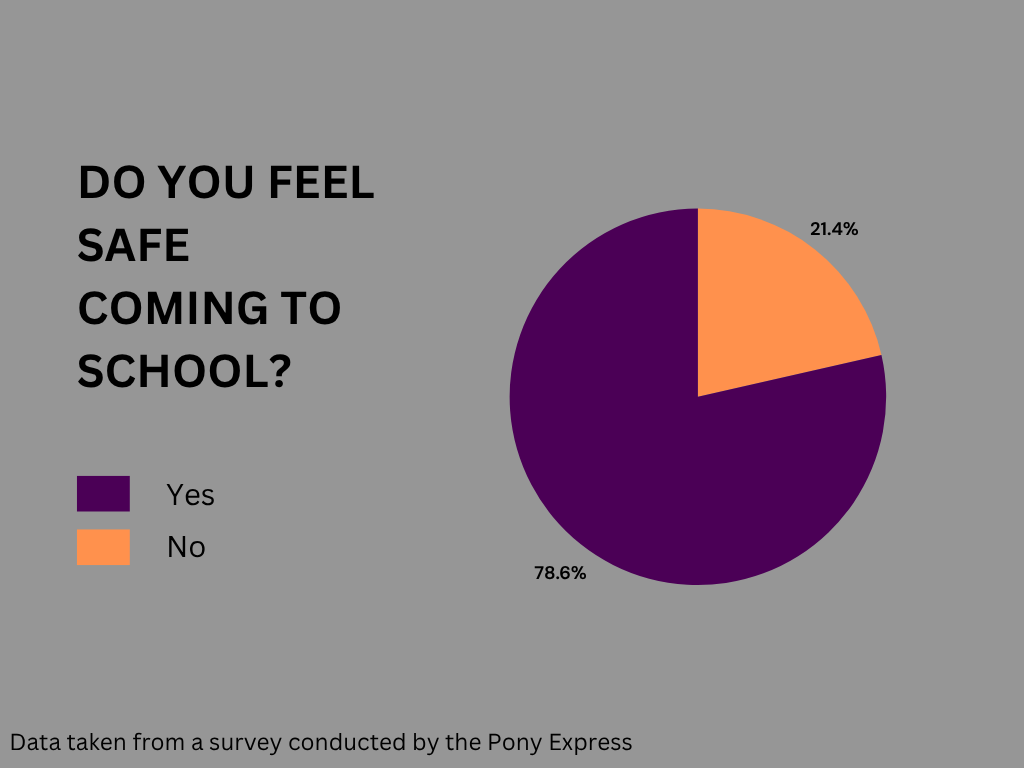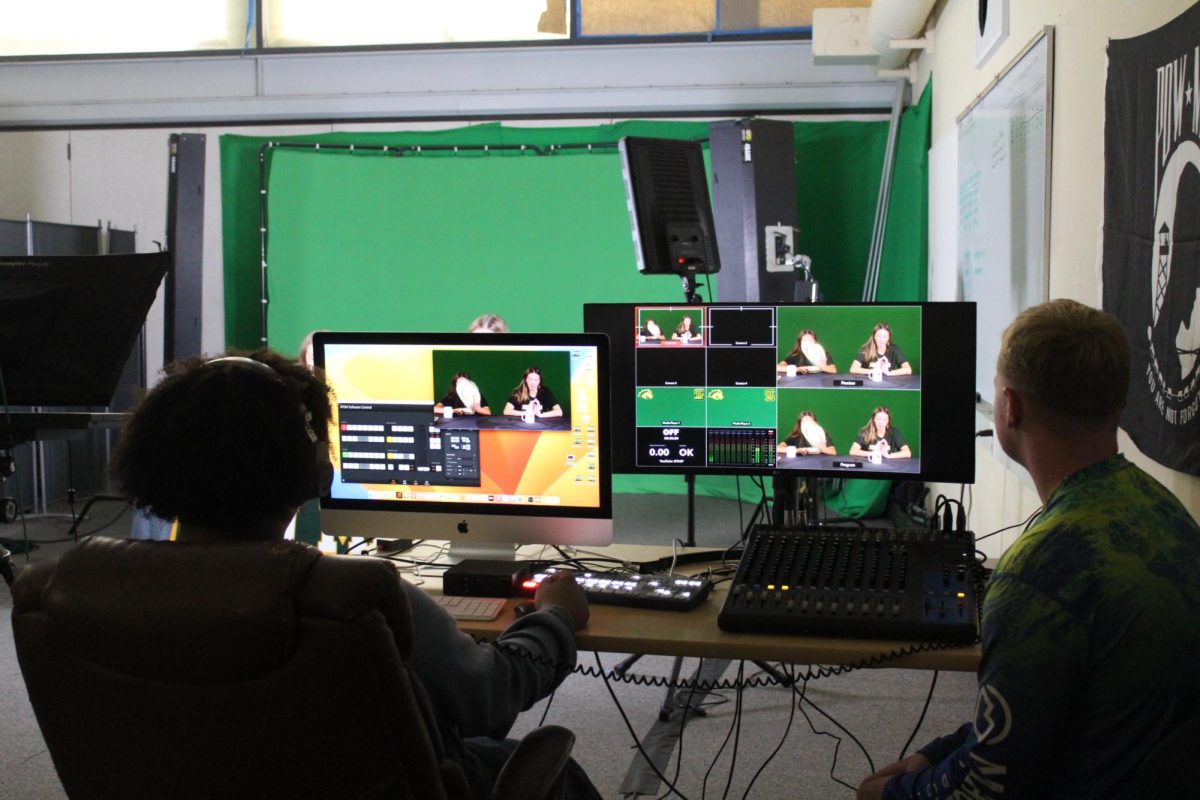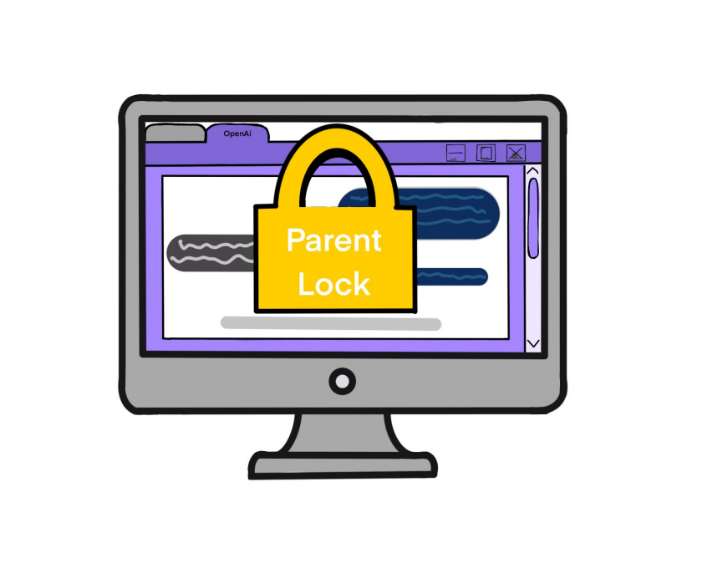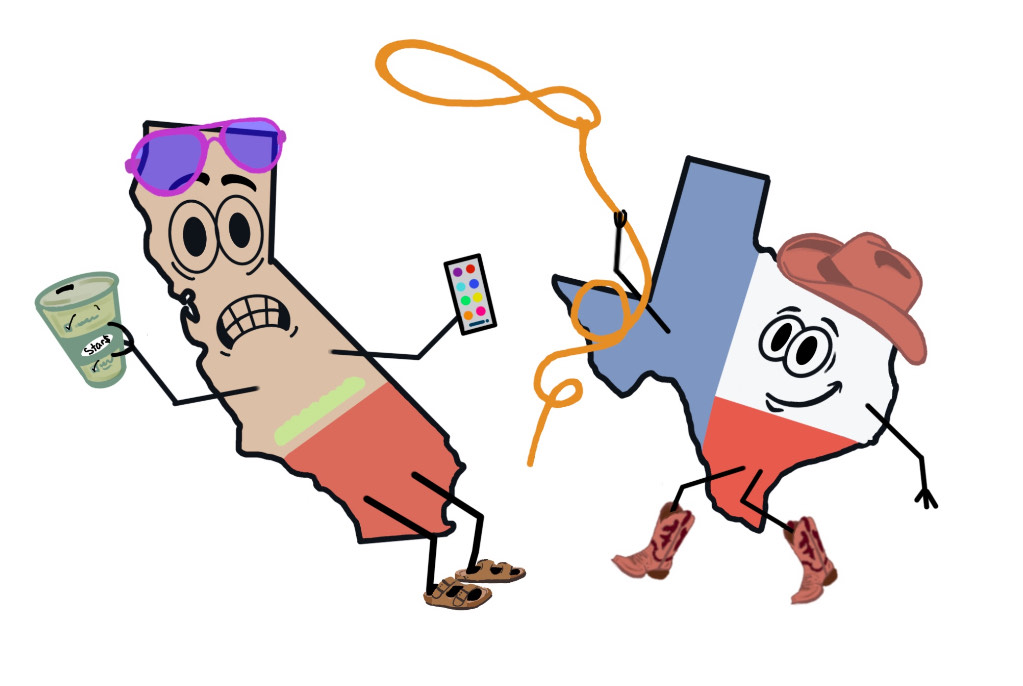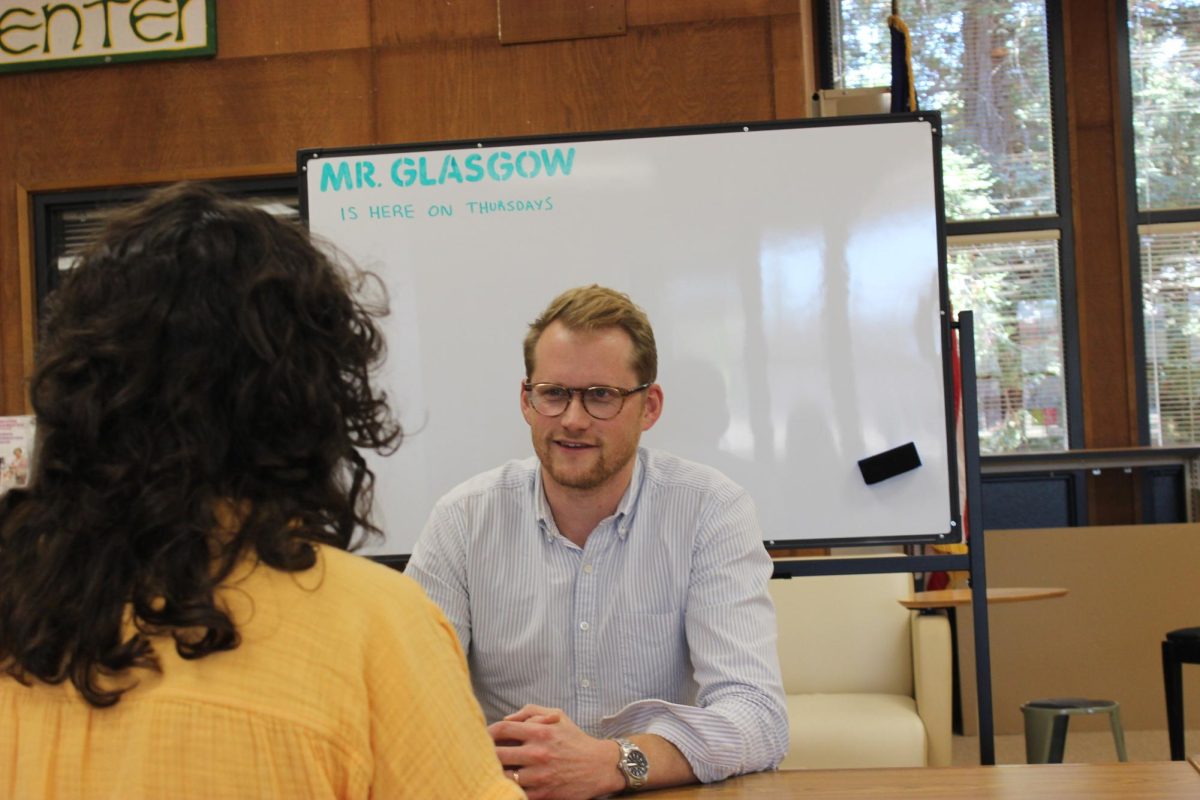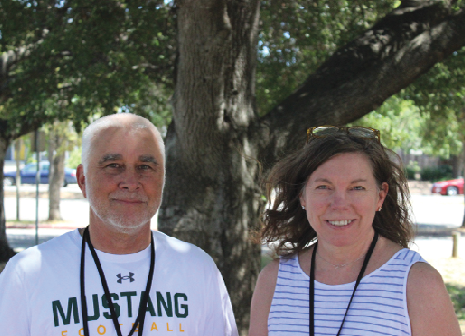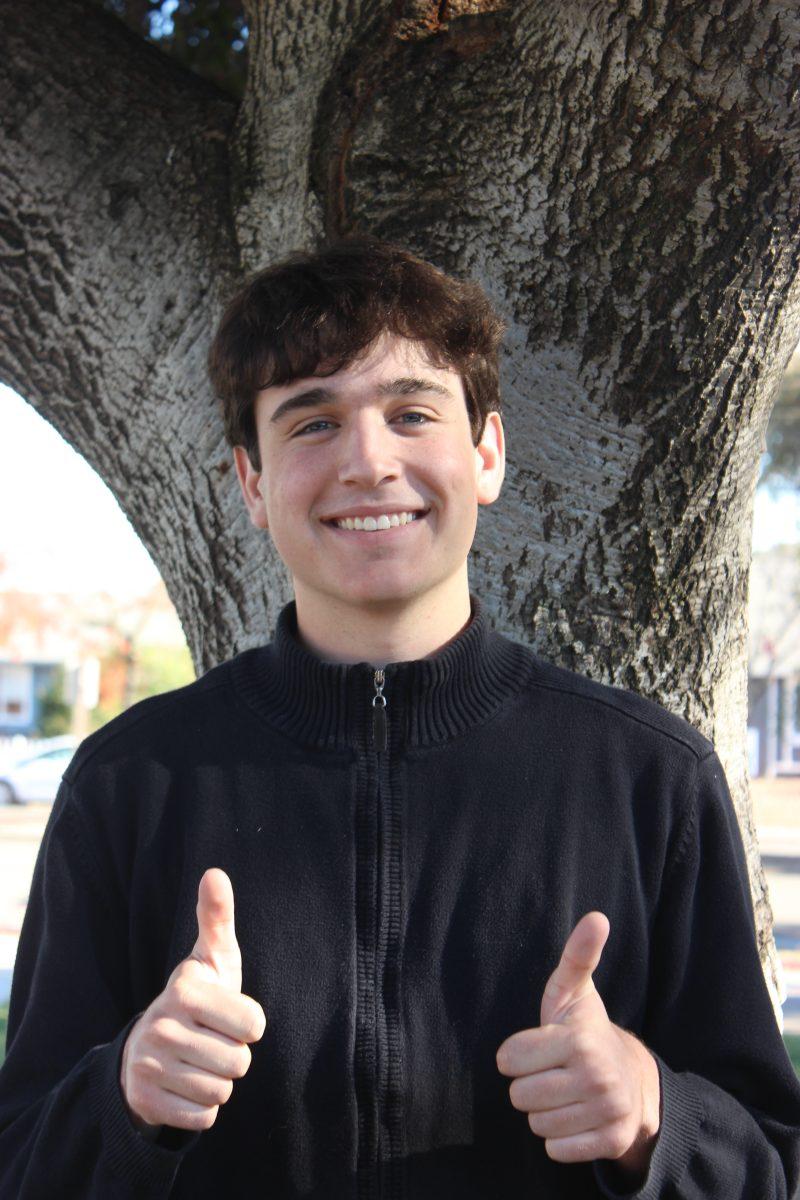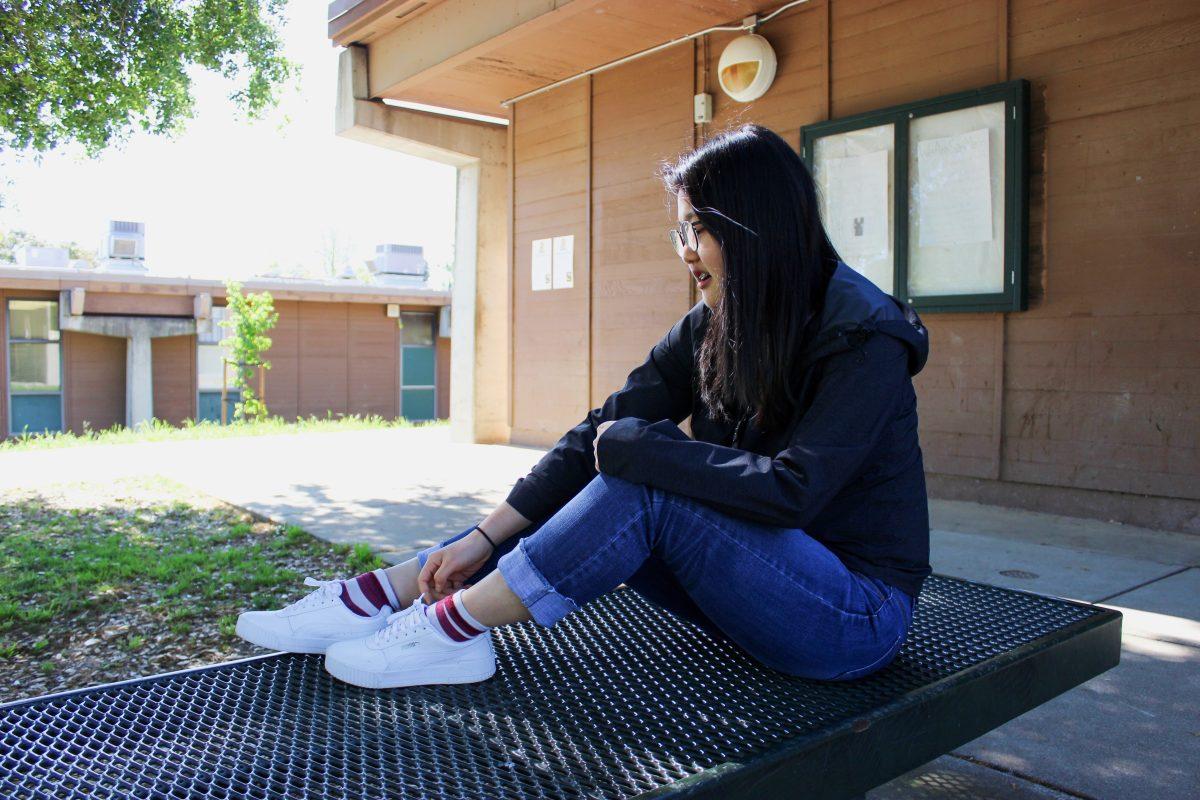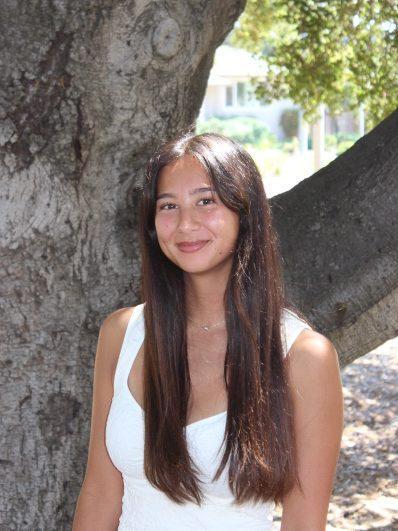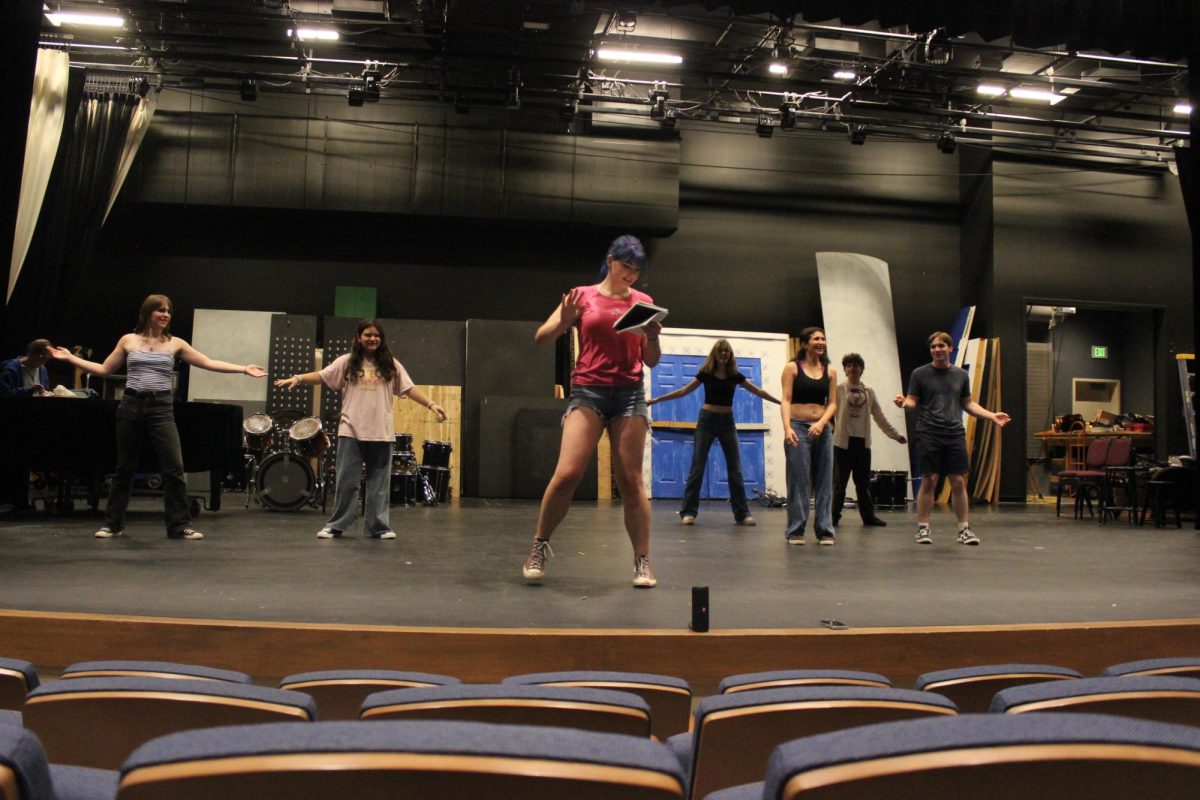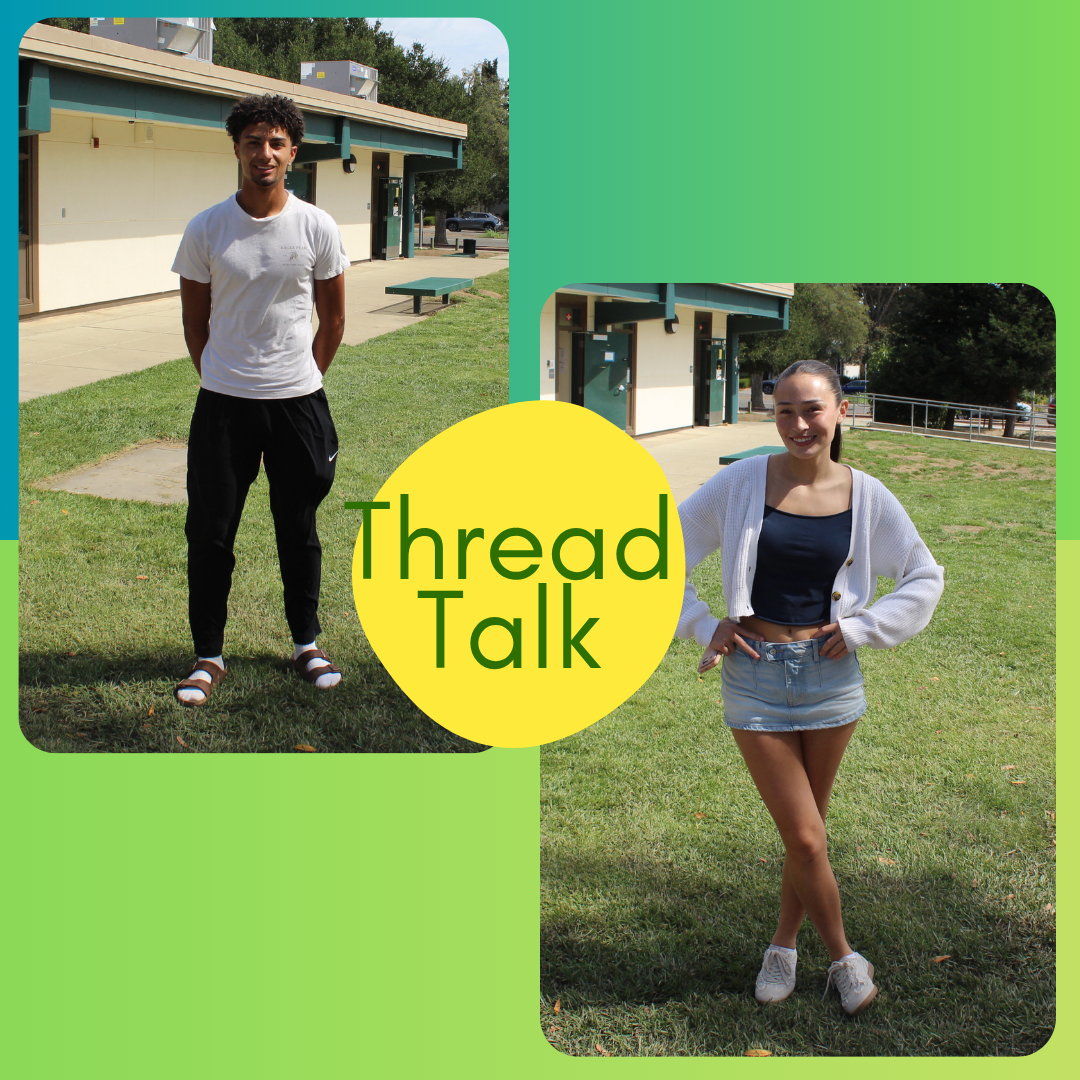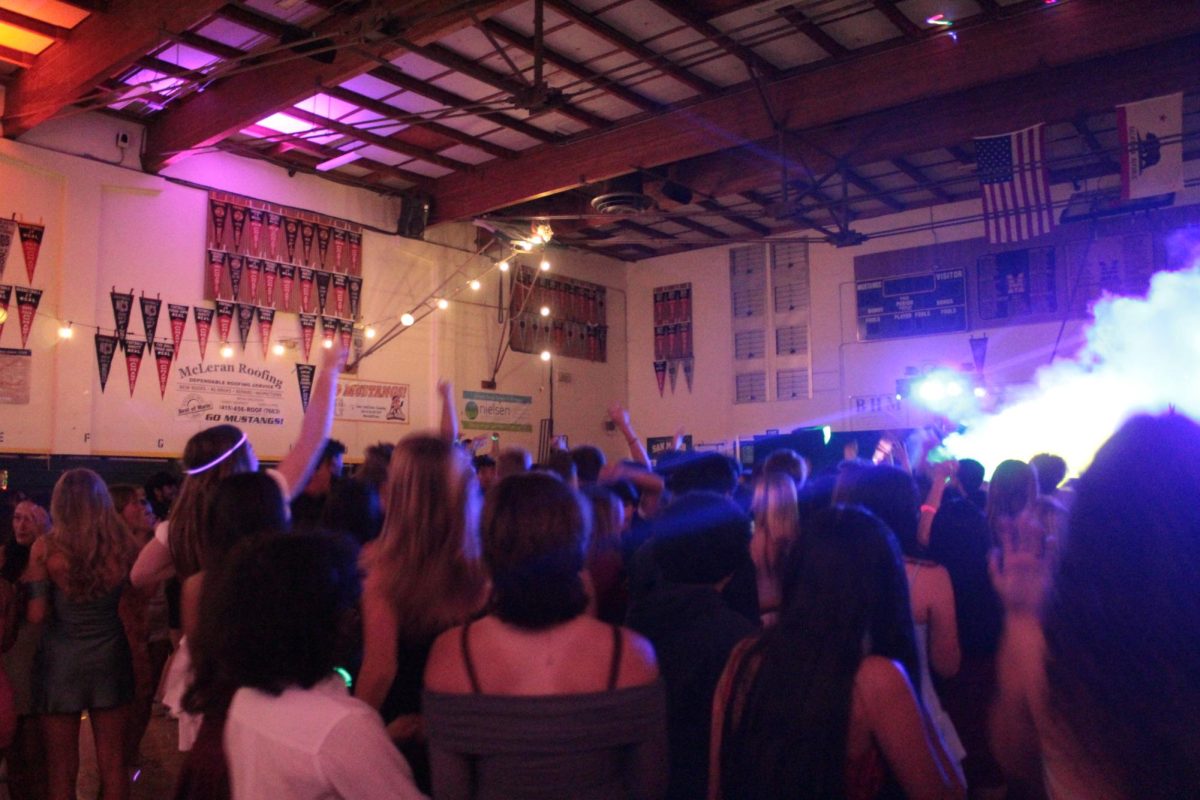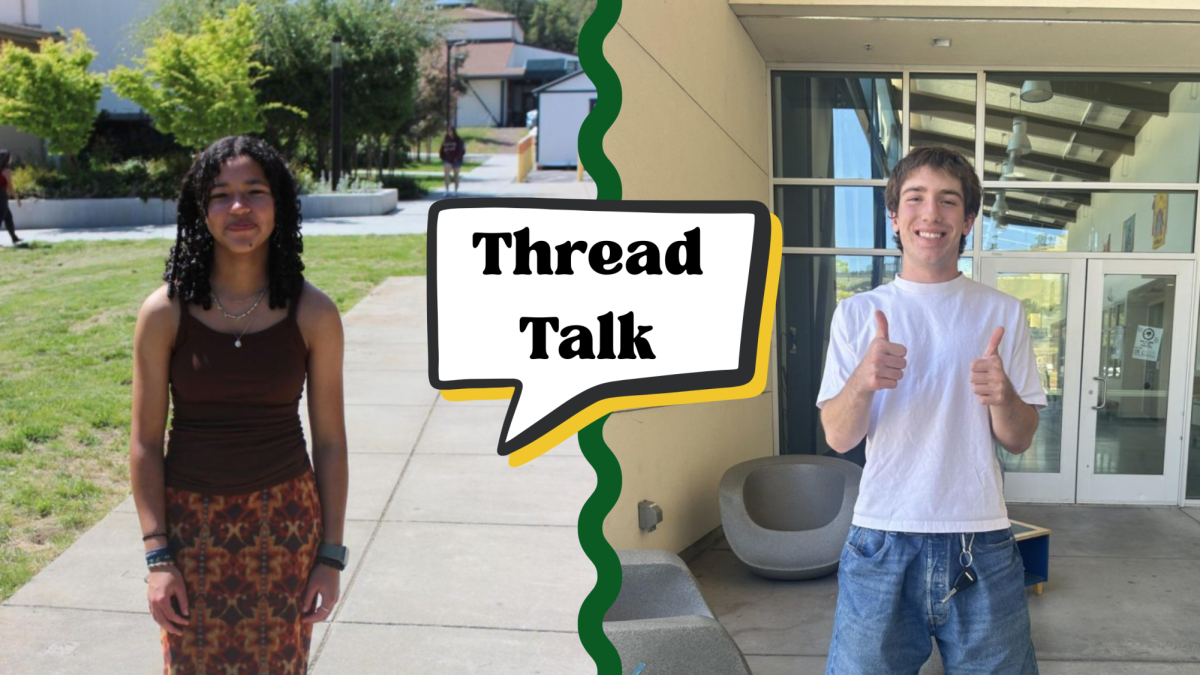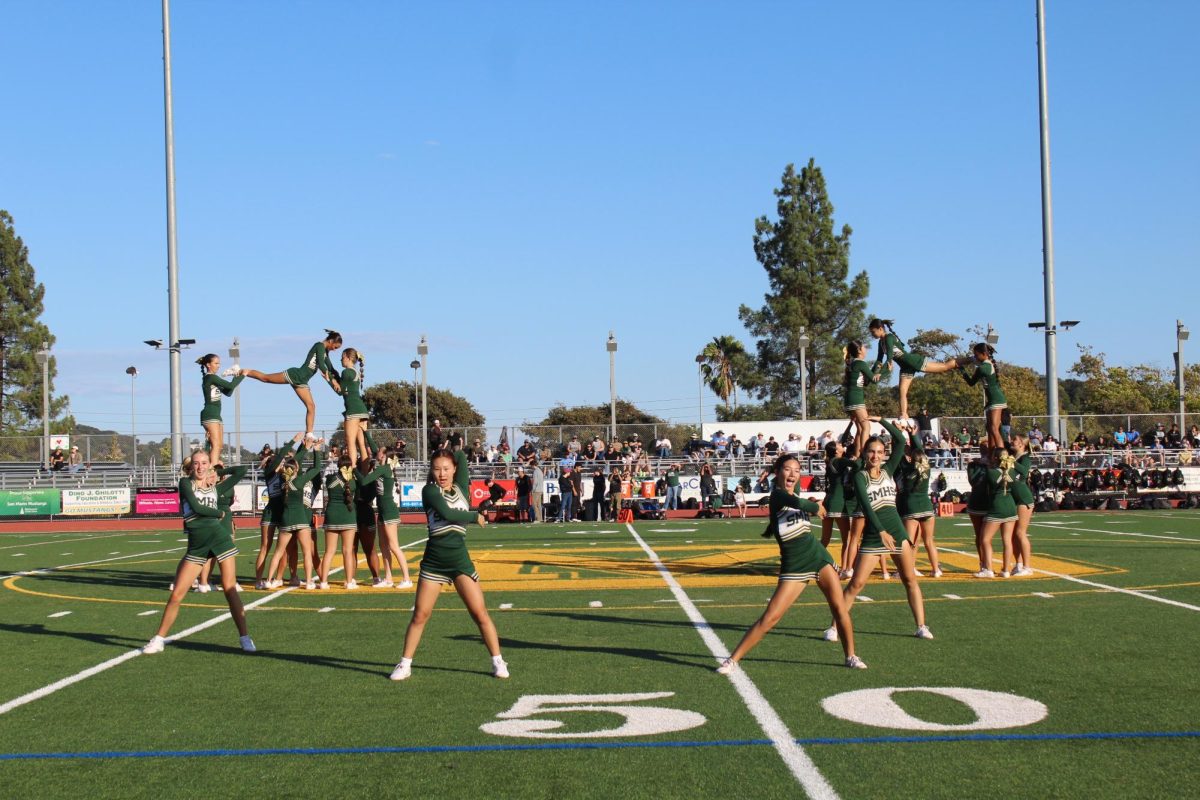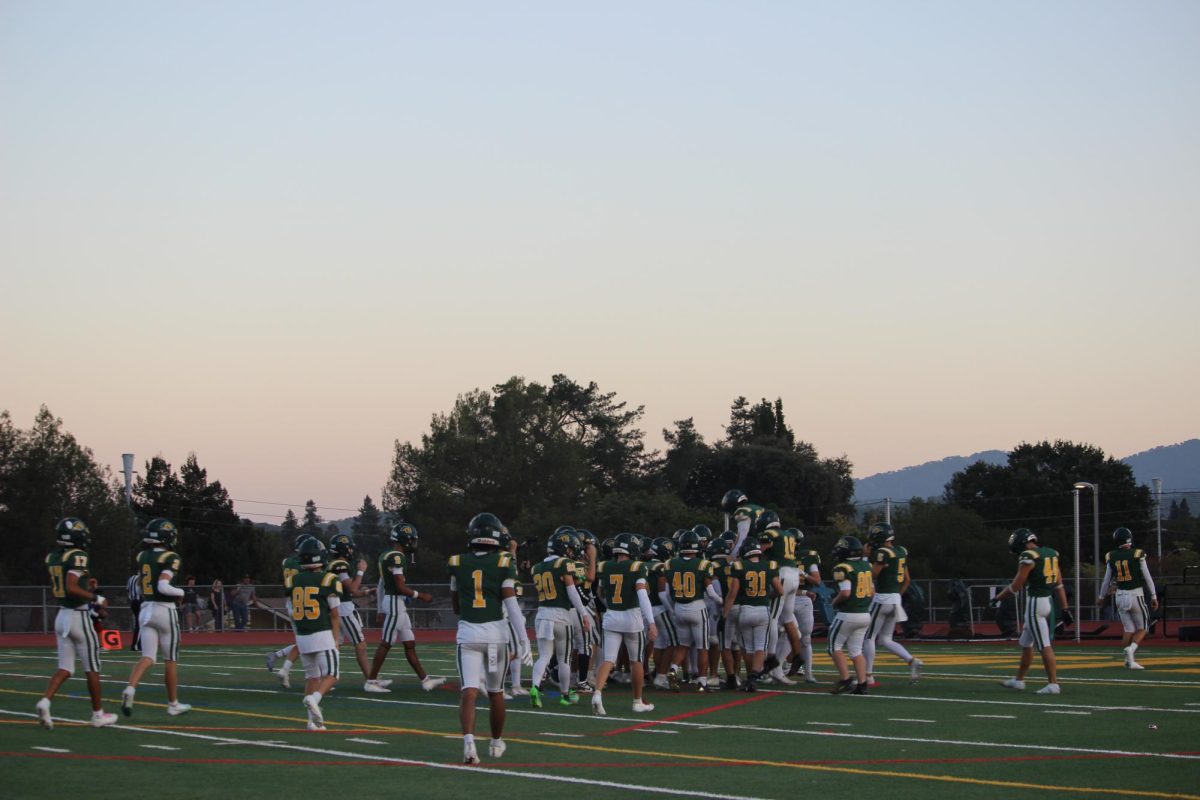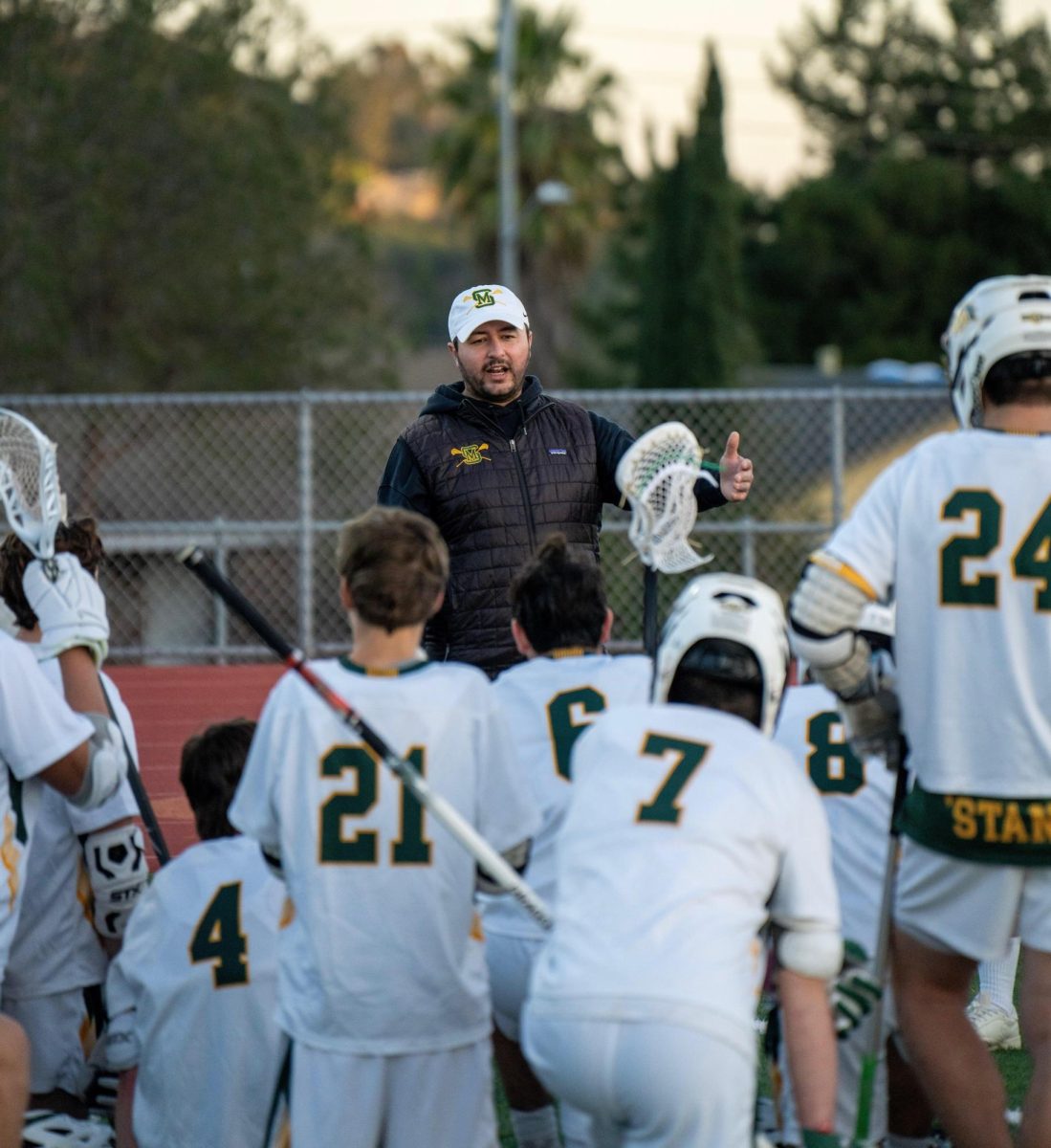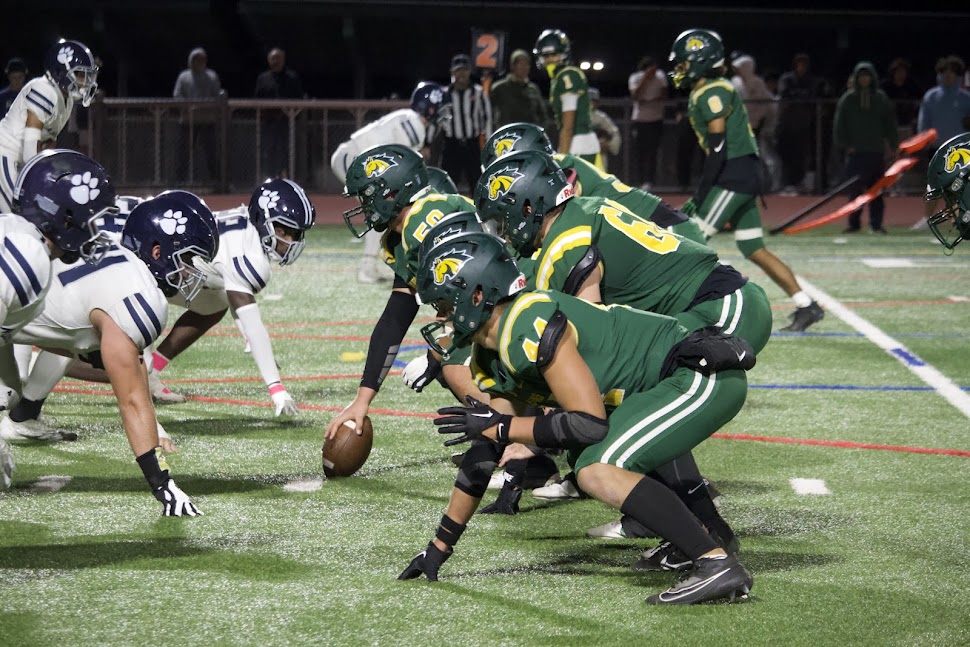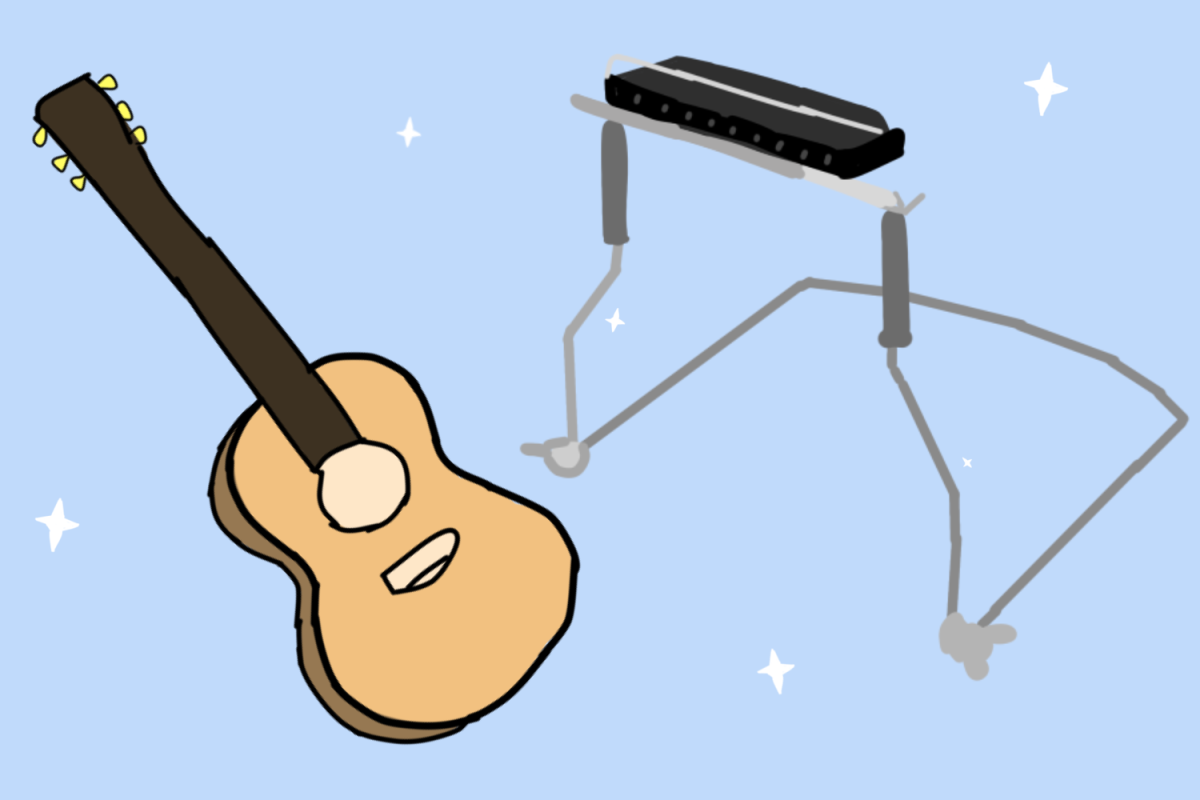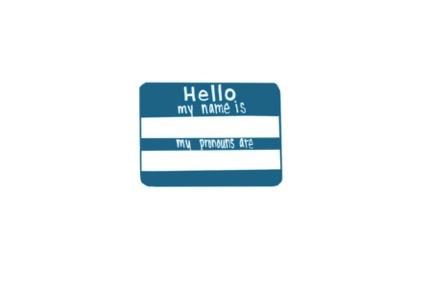Over the past decade, colleges around the country have begun to incorporate the statement of preferred student pronouns into personal introductions. In most high schools, students and faculty are rarely encouraged to do the same.
Junior Sam McWherter (they/them) has experienced a variety of mixed responses to their preferred pronouns by teachers and peers.
“There are definitely people who are very supportive, but there are also people where I get the feeling that I am not accepted or understood,” McWherter said. “I have heard some teachers talk about how they don’t really understand pronouns and that they aren’t grammatically correct, and it’s strange because it’s not incredibly rude, but it also isn’t accepting.”
McWherter feels that although it would be beneficial to begin including personal pronouns on social media and in the classroom, some students may not feel safe if it were mandatory.
“I know people who are in a situation where if they were required to do that, they would get misgendered and it would be unsafe for them or they aren’t comfortable with that, so they would rather put nothing at all,” McWherter said. “If you are in a position to do that, it would be really helpful to normalize it.”
French Teacher and GSA Club Sponsor Jeffrey Moore recently added his personal pronouns (he/him) to his ZOOM name, after seeing a few other staff members at San Marin do the same.
“For me, it is just a matter of respect,” Moore said. “It is a way to convey respect without having to say anything.”
Moore feels that if more people were willing and comfortable to openly share their pronouns, there would be fewer conflicts and less stigma around the subject.
“I know personally as an instructor, I have misappropriated pronouns at least twice in the last year for mistaking people in identities where there are no pronouns,” Moore said.
English and Journalism teacher Scott MacLeod (he/him) has a similar point of view to Moore in regards to the importance of being an ally.
“I have a transgender child who is now an adult,” MacLeod said. I have also had students who were questioning their gender. For my child and for these students, personal preference on pronoun use is extremely important, much more important than I had realized before hearing their point-of-view. Finally, it (adding pronoun preference to zoom names and email signatures) is an easy, cost-free, and powerful way to communicate to LGBTQ students that I am on their side, and I have their back.”
English 9, 10 and ELD teacher Mackenzie Bedford (she/her) asks her students their preferred pronouns in a welcome survey at the start of each school year.
“Both semesters this year I ask students their pronouns in a welcome survey. I have them introduce themselves the first day because I introduced myself that way, about half my classes did it themselves,” Bedford said. “I think having teachers do it sort of destigmatizes it because it is an authority figure showing you that it is not a big deal.”
Bedford feels as though stating pronouns from the get-go will prevent awkward situations and help to normalize this action for those who “diverge from the binary norm”. Although she models and encourages students to introduce themselves this way, she makes it clear that it is not a requirement.
“In my class when I do it, I leave it up to them to share their pronouns if they want to, and I do it to model that I am not going to demand,” Bedford said. “There might be a student who is not comfortable telling the whole class.”
The GSA is currently working on awareness training documents for teachers to encourage educators to model these actions for students. The students hope to get these out to staff in May.
“I think teachers are doing a better job than in the past at acknowledging pronouns and using preferred names or pronouns,” Bedford said. “I don’t know of a ton of teachers who are sharing their own, and I do think that could be a good step if every teacher was willing to do that. If we are all saying it, then it is not awkward.”
